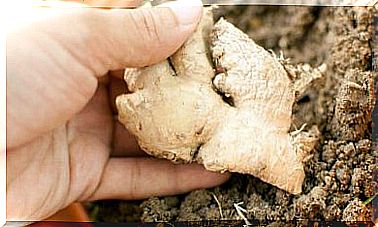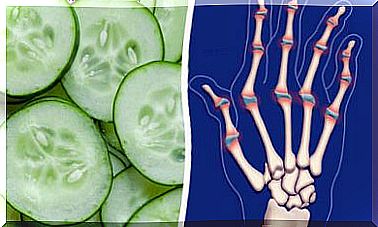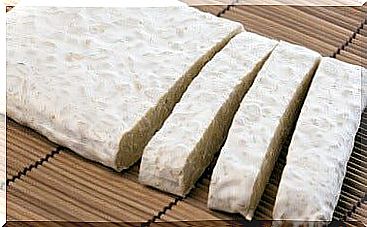Buckwheat: A Gluten-free Alternative?
Despite its name, buckwheat, also called buckwheat, is not a cereal. It is a herbaceous plant that is related to rhubarb and sorrel and that provides the body with very high quality proteins.
Its grains have a unique and unmistakable triangular shape. On the other hand, unroasted raw beans have a mild and subtle flavor. Meanwhile, roasted beans have a more nutty flavor.
Buckwheat was widely cultivated in China from the 10th to the 13th century. Later in the 14th and 15th centuries it spread to Europe and Russia. And it was from the seventeenth century when it was introduced in the United States.
Buckwheat Nutrients
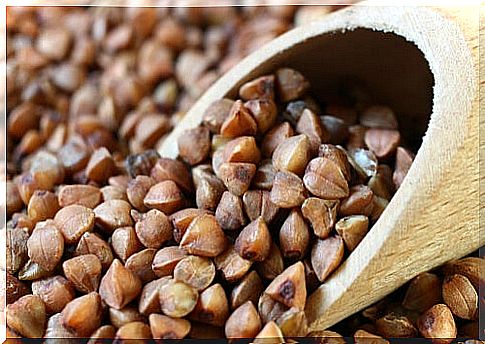
Buckwheat is an energetic and nutritious food. It contains vitamins such as B1, B2, B3, B6 and E. It is also a very good source of minerals such as manganese, magnesium, calcium, phosphorus, potassium, copper, iron and fluorine. Not only that, but it contains two flavonoids which are rutin and quercetin.
Along with them, it provides omega-6 fatty acids and dietary fiber. And, as we pointed out, the protein contained is of high quality, since it provides the body with the eight essential amino acids. It is very rich especially in lysine, an amino acid that is poor in vegetable proteins.
If we compare it with common wheat, buckwheat has more fats, sugars and minerals. In what both have similar amounts in is calories, protein and vitamins. The big difference is the gluten content.
Precisely, this absence of gluten makes buckwheat an excellent alternative for those who suffer from celiac disease. They can take it without problems and it is a substitute for other cereals in the preparation of food such as bread or pasta.
Buckwheat benefits
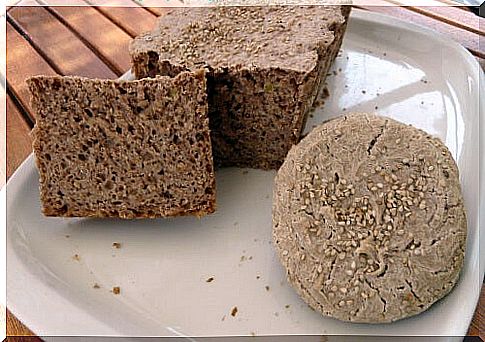
Now that we have known the composition of buckwheat, we can perceive some of the beneficial properties that its consumption contributes to the body. Among them we can highlight the following:
- According to various studies, buckwheat could be beneficial for the cardiovascular system. Its consumption has been linked to a lower risk of developing high cholesterol and high blood pressure.
- It may offer benefits to postmenopausal women with high cholesterol or cardiovascular disease, such as the slowed progression of atherosclerosis and stenosis.
- It reduces the probability of having a heart attack and helps prevent heart failure, thanks to the presence of fatty acids and its fiber content.
- It can help control blood sugar. This is due to its contribution in vitamin B2 and starches.
- It is a satisfying food, it has the capacity to satisfy hunger.
- Because it is a food high in insoluble fiber, it can help prevent gallstones from occurring.
- According to numerous investigations , it helps prevent migraine and type 2 diabetes, among others.
How to consume buckwheat
Buckwheat can be consumed in many different ways. If it is grain, it can be consumed as rice or quinoa, as an accompaniment to other dishes or as an ingredient in many stews. To cook it, you will need two parts of water to one of wheat.
It can also be taken in the form of flakes, accompanying sweets or yogurts, for example, at breakfast. And its flour can be used like any other, to make bread or pastry recipes.
It is important to choose quality buckwheat, if possible organically grown, since it will be free of chemicals that can be harmful to health.
In summary…
Buckwheat is a pseudocereal highly valued for its significant concentration of essential nutrients. Although it does not grow on grasses, it does have uses similar to those of other cereals.
In addition, unlike the latter, it does not contain gluten and is a source of fiber, minerals and plant compounds that improve health. In general, it takes care of heart health, helps regulate glucose and is very satiating. Have you already tried it?



